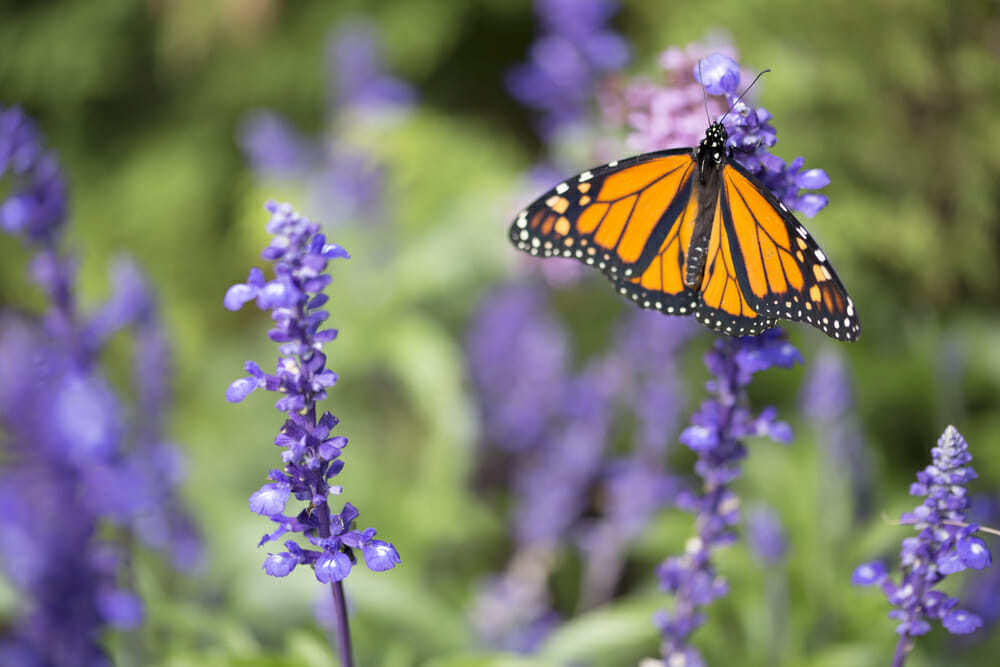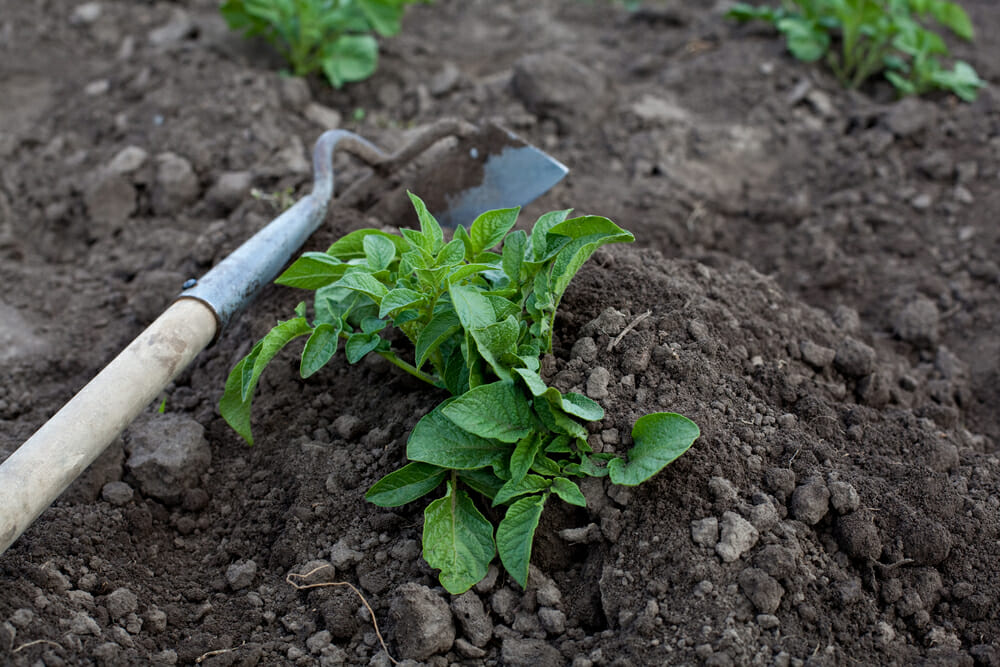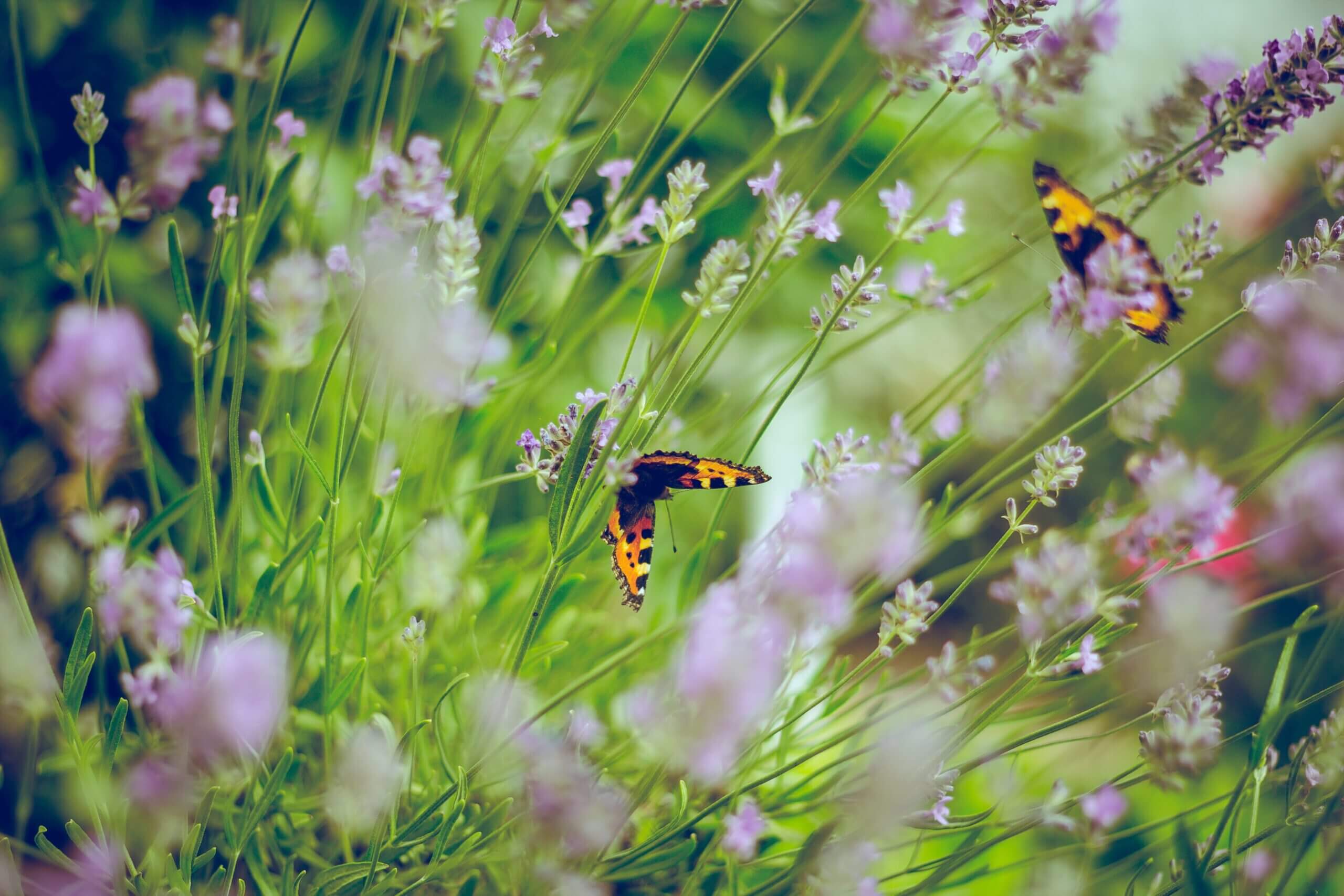Are you doing a home improvement project?
Modernize can pair you with three to four pros in your area, so you can compare options and save time and money.
Planting a butterfly garden is so satisfying. It can attract and keep an abundance of butterflies around so you can enjoy them in all their stages of growth. You’ll be doing them a favor, too. Due to climate change, urban and suburban development, forest destruction, and the application of toxic chemicals on everything from agricultural fields to our front lawns, butterflies are endangered throughout the world. If you grow a garden with butterflies in mind, you’ll help keep them alive. Here’s how!

Before You Plant, Get Specific About What Butterflies You Can Attract
There are about 24,000 species of butterflies, plus 140,000 species of moth. They range in size from a tiny eighth of an inch to almost 12 inches, and come in every color of the rainbow. But which of these is right for your garden?
Here’s a state-by-state map you can click on to see which butterflies are found in your state. To get more specific, ask your county extension agency for recommendations on native butterflies likely to show up in your yard. You can also spend some time sitting quietly in your yard with a butterfly guidebook to see what flies by.
Plant Both Nectar Plants and Food Plants
Nectar plants nourish adult butterflies. Food plants feed caterpillars. Ideally, you’ll plant both.
Most plants advertised as “butterfly friendly” are nectar plants. They usually have bright blooms, so they’ll add a lot of color, variety, and style to your garden. Some common nectar plants include black-eyed Susans, purple coneflowers, and asters. Here’s a helpful list of nectar-producing plants. Aim for as many native plants as possible, and avoid those considered “invasive” because they could quickly take over your garden.
As for food plants to support the caterpillar stage of a butterfly’s life, try milkweed, snapdragons, and hollyhocks, plus these delightful others. Some plants will serve as both nectar and caterpillar food plants, so make sure to choose from among those as well.
Find the Right Contractor for Your Project
Whether you’re ready to begin your project now or need some expert advice, our network of contractors are here to help. With a few simple questions, we’ll find the best local professionals for you
Plant a Variety of Both Kinds of Plants, and Plant Them Densely
Once you’ve chosen your plants, it’s better for the butterflies to plant more than less. For a beautiful garden, group several of the same plant together—and vary your gardening beds in order to mix different leaves and flower textures, as well as different heights of the plants and different blooming times. That way, you’ll love looking at your garden as much as butterflies like growing in it.

Avoid Toxic Chemicals in Fertilizers and Garden Organically
Butterflies are small creatures that can be highly sensitive to toxic chemicals. Understand that healthy gardens will have a variety of insects buzzing around them, so don’t try to kill the “pests.” Weed by hand or hoe rather than by using an herbicide. Add nutrients to the soil via organic compost.
Provide Protection and Water
In addition to nectar and food, butterflies benefit from shelter from the wind and predators, and some water. Make sure they have access to shrubs, trees, perennials and even vines that grow to different heights, bloom at different times of the year, and offer a variety of shapes and colors. If no trees are available, erect some trellises that vines can climb to create elevation. As for water, moist ground or what’s called a “puddling station” is all butterflies need as long as they have access to plenty of nectar, dew, and even tree sap.
Keep It Sunny
Butterflies are cold-blooded insects and need to warm their bodies in the sun. When you design your garden, include boulders the insects can alight on to warm up, as well as exposed soil and other surfaces they can find. Most plants in a butterfly garden require at least 6 hours of sunlight anyway, so it’s no extra work to add these features to your garden plot.
Enjoy It!
Once you plant your garden, keep a notebook handy so you can record which types of butterflies drop by for a visit. Or, just sit nearby so you can enjoy the garden you’ve grown and the magical insects that it attracts.
Find the Right Contractor for Your Project
Whether you’re ready to begin your project now or need some expert advice, our network of contractors are here to help. With a few simple questions, we’ll find the best local professionals for you
Reviews from Real Homeowners
Welcome to Homeowner Resources! We are the Modernize blog. Modernize pairs more than 3 million homeowners a year with pre-vetted contractors in their area. This blog started because we believe homeowners should know everything about their homes, from how their HVAC works to which front door colors they might love. On Homeowner Resources, you can find information on every part of your home, right down to how you can negotiate with contractors to get the best price. Here's more about the blog.
Need a contractor? Learn more about how Modernize finds the right pro for you.



